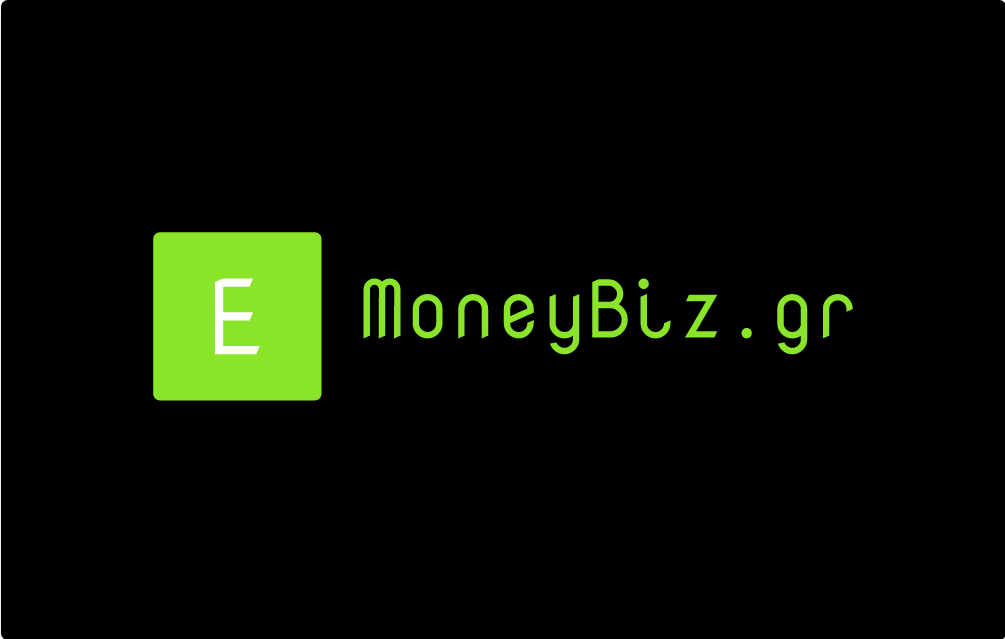A favicon is short for 'favorite icon'. It is the small square image that is next to the title tag of your website in the browser. When you bookmark a site in the browser, in 'Other Favorites', or in a file folder; the favicons is bookmarked alongside the meta title. Just like the logo, the purpose of a favicon is to represent your website. In this aspect, a favicon serves as a trademark or a way of branding your website for target audiences.
Most websites use a smaller version of their logo as a favicon. By aligning the favicon to the logo (and the slogan which is aligned to the logo), and by optimizing these elements using relevant keywords (keywords used in the image URL and image alt descriptions); you make favicons and logos search engine-friendly and boost organic traffic to your site.
In point of fact, including a favicon for your site is a search engine protocol (requirement) and it must be properly stored in the public_html root directory or in an image file in the root directory. The image file must be labeled .ico (as in the example favicon.ico or emoney_favicon.ico).
The purpose of the favicon is one and the same for both search engine bots and target audiences. It enhances the relevance and recognition. The target audience recognizes the icon as a visual symbol for your site. It visually cues target audiences to remember your website. In this respect, the favicon creates a visual cohension that adds relevance by making the site memorable to target audiences. The use of common keywords in the image URL and image alt description of the favicon is textual cohesion for search engine bots that recognize the icon adding relevance to your site and fulfilling a search engine optimization protocol which is the key reason why search engine bots redirect free organic traffic to your website and grant your site better visibility in the search engine result pages.
The favicon creates a lasting impression for target audiences in several ways. It is a colorful icon aligned to the site URL (emoneybiz.gr) or the site meta-title which is usually the slogan (as in the example of the meta title, eMoney Biz Generate Income). It adds an aura or quality of professionalism. It is an optical cue for target audiences to shortlist websites stored in browsers. In these basic ways, the favicon reinforces the 'brand recognition' and subsequently, it increases the click-through rate.
It is this extra activity or increases to the click-through rate that triggers search engines to recognize the 'popularity' of your site and classify the site as useful and relevant to users. In other words, it is the increase of user-generated traffic to your website that search engines recognize. The reputation of your site is 'popular' because the information on your site is 'useful'. So, search engines deem your site to have a good reputation and to be trustworthy. Fulfilling these two criteria for recognition and credibility improves your ranking in the search engine page results (or your visibility in the online marketplace) and warrants a daily supply of organic traffic to your PTC downline builder website.
Aside from the fact that favicons is a search engine optimization protocol, don't underestimate the powerful impact of this miniature symbol as a strategy for building brand recognition and generating traffic (user-generated and organic-search engine generated) to your site.
Uploading a Favicon to Your Website
Follow these step-by-step instructions to upload your favicon. Generate the favicon using an AI favicons generator. Save the favicon as an .ico image file (as in favicon.ico). Access the back end of your website and go to favicon settings (the root directory in the public_html file folder). Upload the favicon image file (favicon.ico) to your website's favicon settings and save.
Favicon.io is an All-in-One Favicons Generator and Tutorial Platform
You can create a custom favicon text, favicon image, or favicon emoji.
The user-friendly platform offers three options to create a custom favicon to represent your website, or downline builder.
Choose PNG ICO to upload an image and convert to ico format; or use TEXT ICO to generate an original favicon; or use EMOJI ICO to use an emoji as a favicon.
The categories of emojis include: activities, animals and nature, component, flags, food and drink, objects, people and body, smileys and emotion, symbols, travel and places.
It's a simple, step-by-step process; and it's fun to create using this free online tool.
Scroll down to the bottom to find the Favicon.io LOGO Generator to create a custom logo and download in a variety of layouts and formats.
The Logo Generator use color codes. Here's a link to a color palette website that has coding and color layouts to help customize your logo.
Hit"Tutorials," and you'll find tutorials about favicons and logos, seo and installation process.

